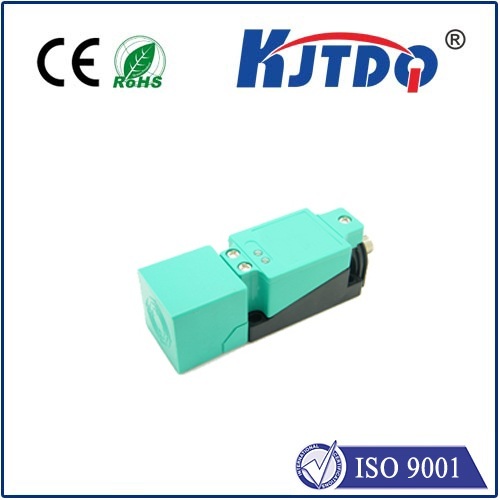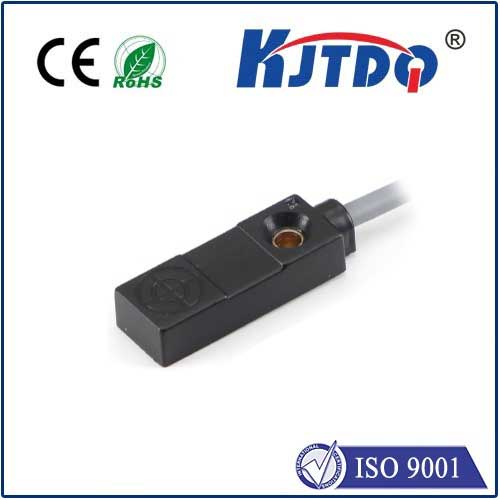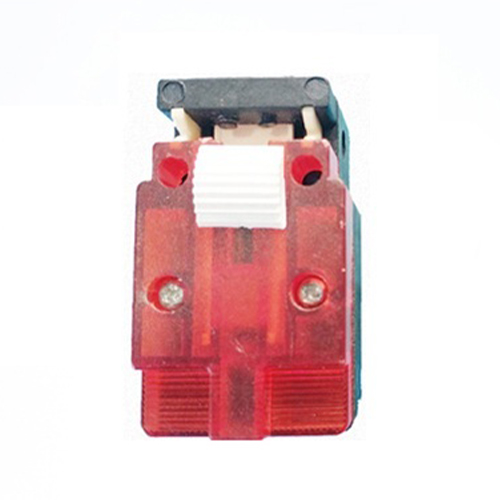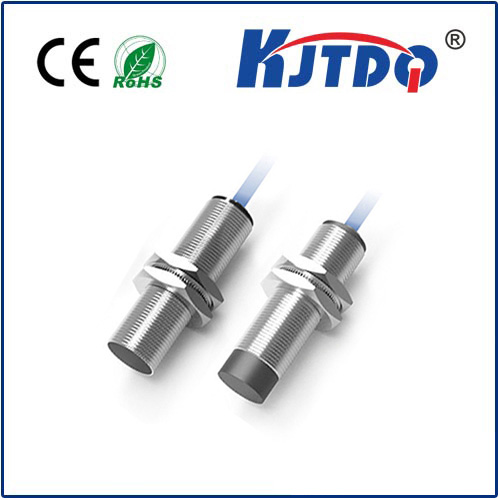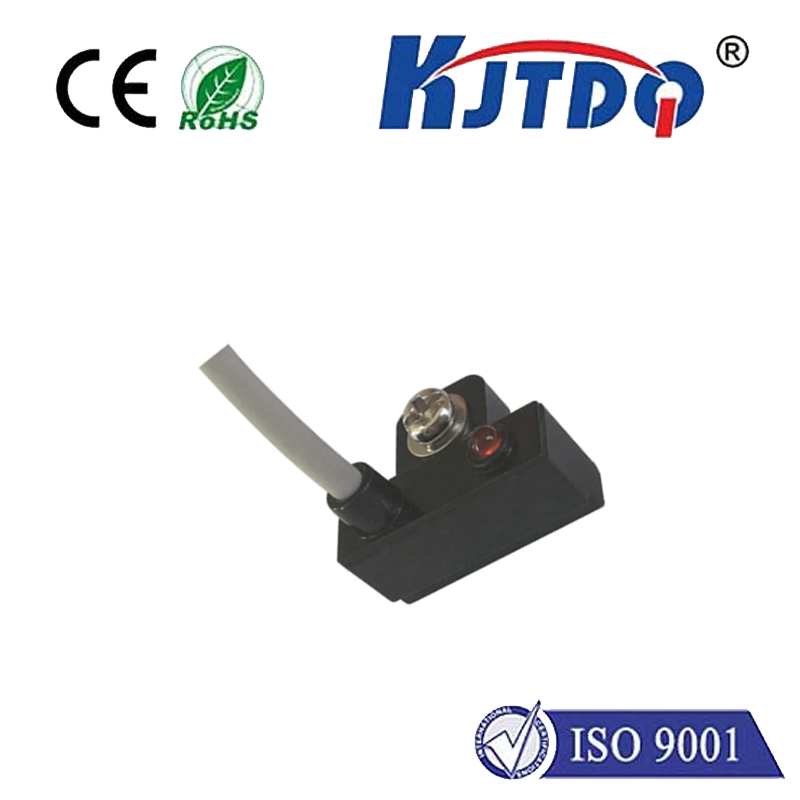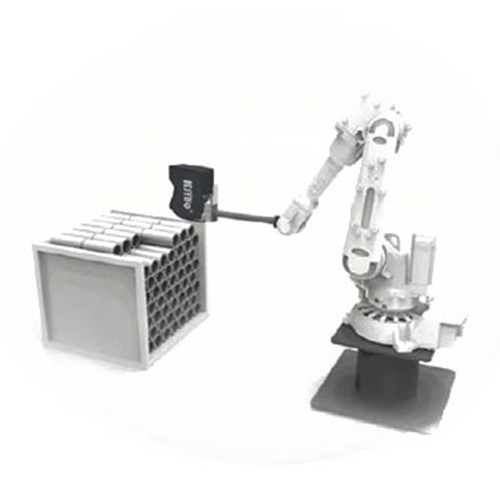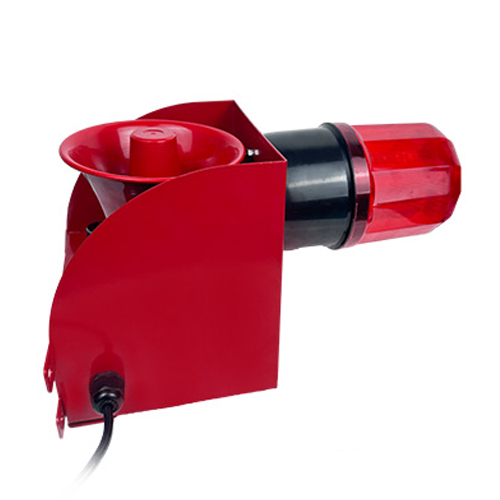

check

check

check

check

check

check

check

check

check

check
Imagine a sensor so sensitive it can detect the subtle vibration of a distant bridge, the minute pressure change within a jet engine, or the slight thermal shift deep within a power transformer. This isn’t science fiction; it’s the remarkable capability delivered by phase modulated fiber optic sensors. Unlike simpler intensity-based sensors, these sophisticated devices exploit the fundamental properties of light waves themselves, translating infinitesimal physical changes into detectable phase shifts within an optical fiber. This technology represents a paradigm shift in sensing, offering unprecedented precision for demanding applications across science and industry.
The Essence of Phase Modulation: Reading Light’s Subtle Shifts
At the heart of these sensors lies a core principle: interferometry. Light traveling down an optical fiber possesses characteristics like intensity, wavelength, polarization, and phase. While it’s relatively easy to measure changes in intensity (brightness), detecting minute physical changes requires measuring something far more subtle: the phase of the light wave. The phase relates to the position of a point within the wave cycle (e.g., peak, trough).
Phase modulation occurs when an external physical parameter—such as strain, temperature, pressure, or acoustic waves—interacts with the optical fiber. This interaction alters the effective optical path length that the light travels. Crucially, even changes on the scale of nanometers—a fraction of the wavelength of light!—can cause a measurable shift in the phase of the light propagating through the fiber.
How Do They Work? The Power of Interference

Phase modulated sensors typically operate using interferometric configurations. Here’s the core concept:
Common interferometer types used include:
Why Choose Phase Modulation? Key Advantages
The shift from intensity-based to phase modulated sensing unlocks a suite of compelling advantages:
Transforming Industries: Where Phase Sensitivity Shines
The unique capabilities of phase modulated fiber optic sensors make them indispensable in numerous high-stakes fields:
Challenges and the Path Forward
Despite their strengths, challenges remain. Phase modulated sensors require complex, often expensive demodulation electronics and signal processing techniques to accurately recover the phase information from noisy signals. Achieving long-term stability and mitigating environmental cross-sensitivity (e.g., distinguishing temperature effects from strain effects) are ongoing research areas. Packaging the sensor head to effectively couple environmental changes to the optical fiber while protecting it is also crucial.
Research continues to focus on simplifying demodulation schemes, developing more robust and sensitive fiber designs (e.g., using specialty fibers like photonic crystal fiber), enhancing multiplexing capabilities, and reducing overall system costs. Advancements in integrated photonics promise more compact and potentially lower-cost interferometric sensor modules.
The Future is Precise
Phase modulated fiber optic sensors stand at the forefront of precision measurement technology. By harnessing the inherent sensitivity of light’s phase to minute environmental changes, these sensors overcome the limitations of conventional methods. Their unique blend of high sensitivity, EMI immunity, intrinsic safety, and distributed sensing potential makes them a powerful tool for critical monitoring applications where failure is not an option. As research tackles the remaining challenges and leverages emerging photonic technologies, their role in safeguarding infrastructure, advancing scientific discovery, and enabling new industrial processes will only continue to expand, solidifying their position as a cornerstone of modern sensing.

